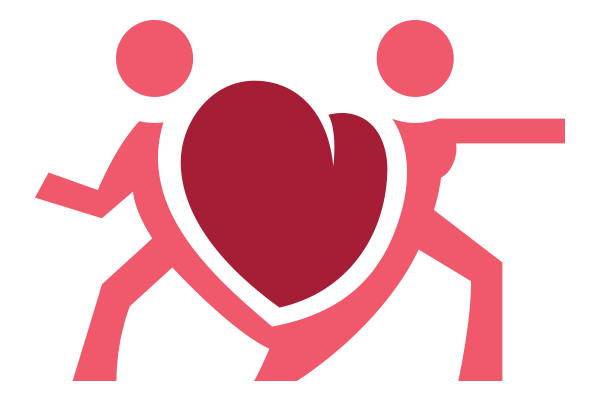4 Daily Strategies to Keep Technology from Running Your Life
In this day and age, we rely so heavily on technology to plan out our days and do our jobs. While not suggesting you disable your internet connection, this blog offers imaginative and simple ways to ensure technology helps your life, but doesn’t run it for you. You may have heard of taking a full-fledged technology “time out”; instead, implement any of these ideas on a daily basis as a more effective long-term strategy for keeping real humans, not screens, at the center of your life.
1. Keep your phone away from mealtime, especially if you are out to eat.
Let’s be honest: checking your email on your phone while you eat your lunch is not going to help you answer emails that much faster and it certainly won’t make your lunch taste any better. Especially if you are lucky enough to have the company of other people at your meal, spend time with them. The phone will always be there—they may not! This is one realistic way to give yourself consistent mini-breaks from what feels like the endless barrage of information coming at us from our phones, whether from email or social media or elsewhere. Need additional means of protection from your phone during dinner? Just turn it off! (Simple but effective!) Bonus: whatever you are eating will probably be much more enjoyable too.
2. Don’t walk and look at your phone at the same time unless you absolutely have to.
This might, unfortunately, be a modern epidemic, and I am unfortunately just as guilty as the next person in participating in it. When I was in college ten years ago, I could merrily ride my cruiser bike all over campus with nary a bell ring to alert a passerby. Today, riding my bike around the college campus where I teach has become a somewhat terrifying experience, precisely because no one is paying any attention to where they are walking. (An aside: I used to text as I rode my bike in college because my phone had elevated buttons for all of the numbers. For better or for worse, this is no longer possible with the more prevalent touchscreen phones!) While maybe we’ve always been on the lookout to get work accomplished as we walk, technology has made it all too natural to just slip out the phones for entertainment at all of our “in between” times, of transit and of waiting. Multitasking on the go can help you accomplish more and finish your work more quickly, but if you don’t really need to be on your phone, try enjoying your natural surroundings instead. Let yourself daydream, and don’t let technology dictate those daydreams for you.
3. Use your workout time as your time away from technology.
If modern life has any time that really permits you to escape from your laptop and phone, that might be your time designated for your workout. You can’t check your phone while you’re biking or running, and definitely not while you’re swimming! If we are supposed to be connected and plugged in at all other moments of the day, it is somehow more socially accepted that we didn’t get back to someone right away because we were off on a 15 mile run or in the middle of yoga class. When about to begin yoga class, don’t bring your phone to your mat (I’ve seen this happen more than once!). When you want to go for a bike ride on the trail, bring your phone for emergency communication purposes only. While your body gets a workout, give your mind a rest from everything else.
4. Use a sleep app to ensure you don’t check your phone once bedtime hits.
I’m very aware that this one might sound a little ironic; I’m suggesting you run a phone app for the entire night as a means of sidestepping technology overload. However, this tip helps you avoid using your phone when you should instead be in bed asleep.
Once I put my sleep app on, I am not able to check my email, social media, look at photos, or otherwise use my phone for easy entertainment or procrastination from sleeping. This is because your phone has to be placed face-down and pointed towards you in order to monitor your sleep patterns. Seeing your sleep patterns can help you learn how to get better sleep. For instance, it might be good to know that you sleep more deeply on the days you work out in the afternoon, rather than the morning (or, it might be the other way around for you!). If nothing else, seeing a graph of your sleep is quite interesting.
The app I use (Sleep Cycle, for those wondering) also takes up the entire screen once I start it. Technically, with Sleep Cycle running, I could probably just swipe up to get to the other apps within my phone, but when I set the app, it instead just encourages me to put the phone down and just go to bed. If I ever had trouble sleeping before I had this app, I might get up and go look at my phone to read articles—this never worked well as a way to get me to go back to sleep, but I did it anyway. Using a sleep app prevents any occasional mid-night phone usage; it keeps you away from your screen and tucked into your bed.
In today’s world of over-connectedness, give yourself designated times to unplug; your body and brain will be happier for these small daily efforts over the long haul.




